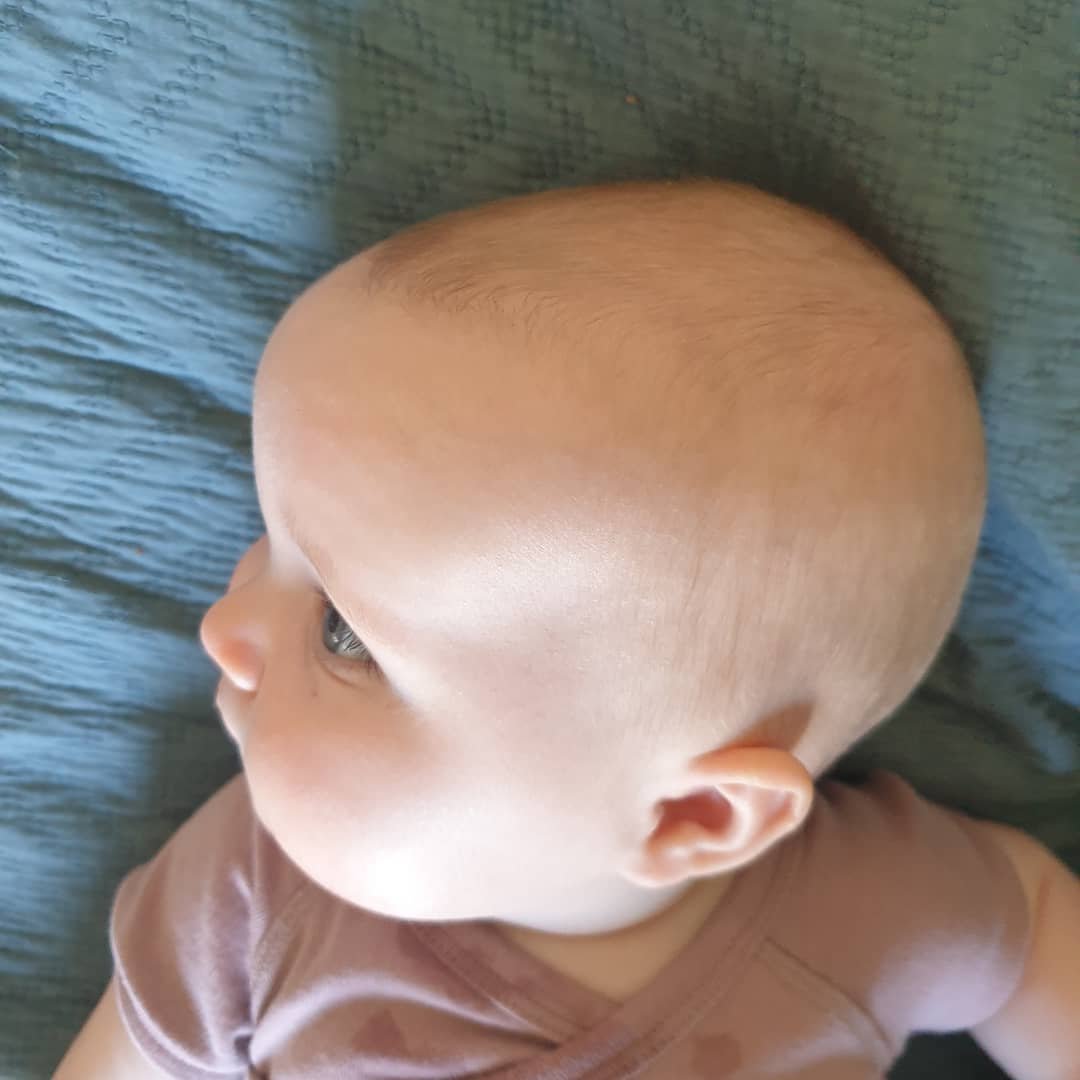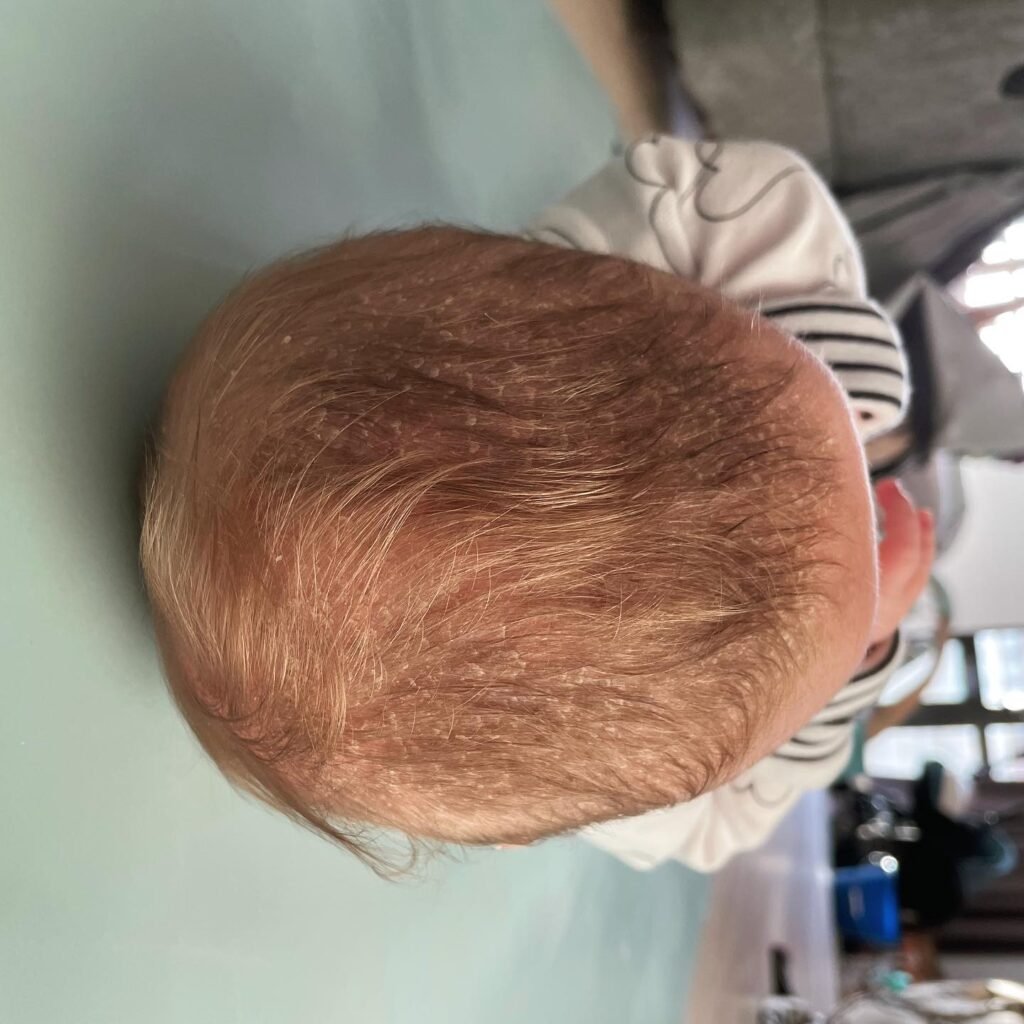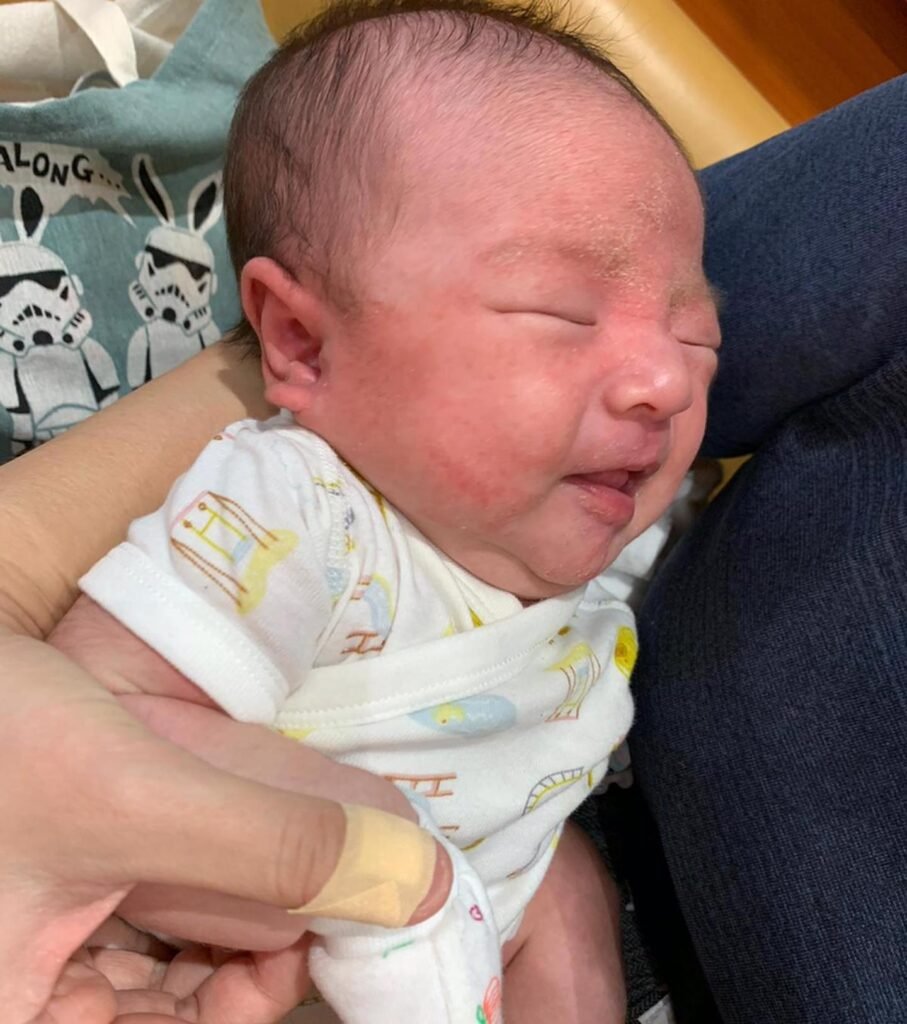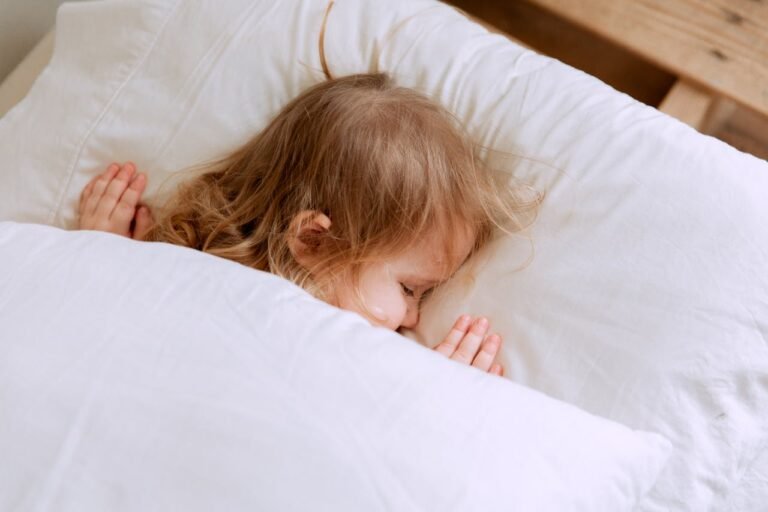Why Do Babies Get Cradle Cap? Causes & Care Tips for Parents

Noticed greasy, yellow patches on your baby’s scalp and wondering what it might be? Don’t worry, you’re not alone. This condition is known as cradle cap, and it’s a common occurrence in infants.
While it may look unusual, cradle cap is harmless and typically resolves on its own. But why do babies get cradle cap, and how can parents manage it?
This comprehensive guide will walk you through everything you need to know.
Understanding Cradle Cap
Cradle cap, medically referred to as infantile seborrheic dermatitis, is a skin condition characterized by scaly, greasy patches on a baby’s scalp. It’s sometimes called “milk crust,” “crib cap,” or simply “baby dandruff.” The appearance can vary but is often described as:
- Greasy yellow or white scales
- Rough, crusty patches
- Redness or discoloration of the skin under the scales
Cradle cap commonly appears on the scalp but can sometimes be found on the face, ears, neck, or even in skin folds like the armpits or diaper area. The good news is that cradle cap isn’t contagious, harmful, or itchy, and it generally doesn’t bother babies.
Who Gets Cradle Cap?
Cradle cap is incredibly common in infants. Research suggests that approximately 4 out of 10 babies will develop it, typically within their first three months of life. Most cases appear during a baby’s first year and usually clear up on their own within 6 to 12 months. Rarely, cradle cap may persist into toddlerhood, although this is less common.

What Causes Cradle Cap?
The exact cause of cradle cap isn’t entirely understood, but it’s clear that it’s not caused by poor hygiene or allergies. Here are a few factors that may play a role:
- Sebum Overproduction
Cradle cap is believed to be linked to overactive sebaceous (oil) glands in a baby’s skin. This excess sebum can trap dead skin cells on the scalp, forming the scales characteristic of the condition.
- Hormones
Hormones passed from mother to baby during pregnancy may stimulate the baby’s oil glands, contributing to the overproduction of sebum.
- Yeast Presence
A type of yeast called malassezia, which is naturally present on the skin, may also trigger cradle cap when combined with excess oil. Although this yeast isn’t harmful, it could contribute to the scaling and crusting.
Symptoms of Cradle Cap
The signs of cradle cap are typically easy to recognize. Here’s what to look out for:
- Patchy, greasy scales on the scalp that range from yellow to white in color
- Flaking skin as scales shed
- Red or discolored skin beneath patches
- Possible hair loss in the affected areas, though the hair generally grows back once the condition resolves
- Cradle cap might also appear in other areas like the eyebrows, behind the ears, or in skin folds
Diagnosing Cradle Cap
Diagnosing cradle cap is straightforward and doesn’t require any tests. A pediatrician can typically identify it through a visual examination. Since cradle cap is harmless, medical tests are rarely needed unless symptoms suggest another skin condition, such as eczema or a fungal infection.
Treatment Options for Cradle Cap

While cradle cap often clears up on its own, there are several gentle treatment options parents can use to manage or speed up the process:
1. Wash Your Baby’s Scalp Frequently
Use a mild, fragrance-free baby shampoo to gently wash your baby’s hair and scalp. Regular washing helps remove excess oils and prevents the buildup of scales.
2. Brush Gently
After shampooing, use a soft baby brush or a fine-tooth comb to gently loosen and remove flakes. Avoid applying too much pressure to prevent irritating your baby’s skin.
3. Massage with Oil
Applying a small amount of white petroleum jelly, mineral oil, or baby oil can help soften the scales. Massage it into the scalp, leave it on for a few hours (or overnight), and wash with shampoo to remove the softened flakes. Avoid using peanut or olive oil, as these may cause allergies or irritation.
4. Use Medicated Options as Needed
If the cradle cap persists or spreads, consult a pediatrician. They may recommend a medicated shampoo, cream, or lotion designed for treating cradle cap.
5. Avoid Picking at the Scales
It can be tempting to peel or pick at the scales, but doing so may irritate the skin and increase the risk of infection.
When to Contact a Doctor
Although cradle cap is usually harmless, there are situations where medical attention might be necessary. Contact your pediatrician if:
- The condition shows no improvement after a few months of treatment.
- The rash spreads to areas beyond the scalp, such as the face or body.
- The skin becomes swollen, hot, or appears infected with oozing fluid or blood.
- The affected areas emit a foul smell.
- Your baby seems uncomfortable or unwell in any way.
These symptoms might indicate a more severe case of seborrheic dermatitis or another skin condition that requires professional treatment.
Key Takeaways for Parents
Cradle cap might be concerning if you’re unfamiliar with it, but there’s truly no need to worry. Here are the main points to remember:
- Cradle cap is common, harmless, and not contagious.
- The condition is temporary and usually resolves on its own within 6 to 12 months.
- Treatment at home is often effective, involving gentle washing, brushing, and moisturizing.
- Consult a doctor if you notice unusual symptoms or if the condition persists for an extended period.
By following these steps and staying informed, you can help your baby’s skin stay healthy and comfortable.




